Key Cleaning Protocols for UK Medical Centres to Meet Health Regulations
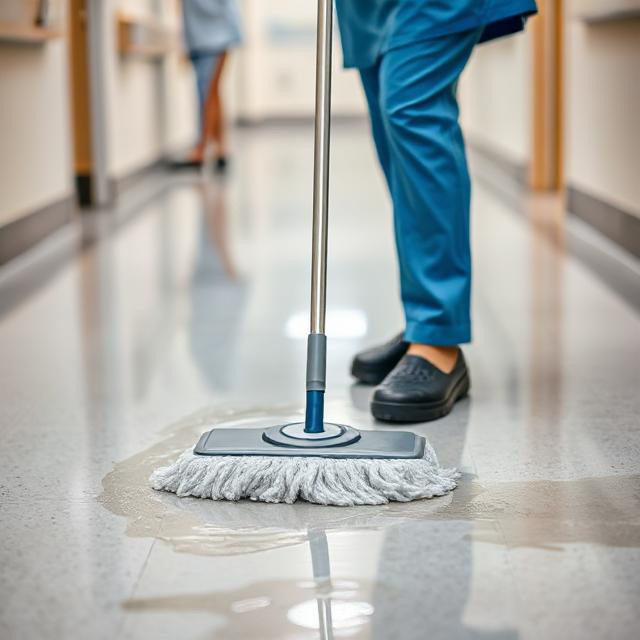
In the intricate and vital world of healthcare, the cleanliness of medical centres transcends mere aesthetics. It forms the bedrock of patient safety, infection prevention, and compliance with stringent UK health regulations. A meticulously maintained environment not only fosters trust and confidence among patients and staff but also plays a crucial role in mitigating the spread of healthcare-associated infections (HAIs). This comprehensive guide delves into the key cleaning protocols that medical centres in the UK must implement to adhere to these regulations, ensuring a safe and healthy environment for all.
The Critical Importance of Hygiene in Medical Settings
Medical centres, by their very nature, are hubs where individuals with varying health conditions converge. This creates an environment where pathogens can easily proliferate and spread. Inadequate cleaning practices can lead to the transmission of bacteria, viruses, and fungi, resulting in HAIs. These infections can prolong patient stays, increase morbidity and mortality, and place a significant burden on the healthcare system.
Beyond the direct impact on patient health, maintaining high standards of cleanliness is a fundamental requirement under UK health regulations, including those set forth by the Care Quality Commission (CQC) and Health and Safety Executive (HSE). Failure to comply can result in serious consequences, ranging from warning notices and fines to potential closure.
Understanding UK Health Regulations and Guidelines
Several key regulatory bodies and guidelines govern cleaning protocols in UK medical centres:
The Care Quality Commission (CQC): The CQC is the independent regulator of health and social care in England. They set standards of quality and safety that all registered providers must meet. Cleanliness and infection control are core components of these standards, assessed during inspections.
Health and Safety Executive (HSE): The HSE is responsible for the regulation and enforcement of workplace health, safety, and welfare. This includes ensuring that cleaning practices protect the health of staff and others on the premises.
National Institute for Health and Care Excellence (NICE): NICE provides evidence-based guidelines on a wide range of health and social care topics, including infection prevention and control. While not legally binding, these guidelines represent best practices and are often referenced by the CQC.
The Health and Social Care Act 2008 (Regulated Activities) Regulations 2014: This legislation outlines the fundamental standards of care that providers must adhere to, including those related to cleanliness and infection control.
Specific Guidance Documents: Various guidance documents issued by Public Health England (now the UK Health Security Agency) and professional bodies provide detailed recommendations on cleaning and decontamination procedures for healthcare settings.
Key Cleaning Protocols for Compliance
To meet these rigorous standards, medical centres must implement comprehensive and well-defined cleaning protocols. These protocols should cover various aspects, from the frequency and methods of cleaning to the selection of appropriate cleaning agents and the training of cleaning staff. Here are some key elements:
1. Risk Assessment and Cleaning Schedules:
Keyword: Medical centre risk assessment
A thorough risk assessment is the foundation of an effective cleaning protocol. This assessment should identify areas within the medical centre with varying levels of risk for contamination. High-risk areas, such as operating theatres, treatment rooms, and areas with frequent patient contact, will require more frequent and stringent cleaning than low-risk areas like administrative offices.
Based on the risk assessment, a detailed cleaning schedule should be developed. This schedule should specify:
Frequency of cleaning: Daily, multiple times a day, weekly, monthly, or after each patient use.
Specific tasks: What needs to be cleaned (e.g., surfaces, equipment, floors, toilets).
Methods of cleaning: Wiping, mopping, vacuuming, disinfection, sterilisation.
Responsibility: Who is responsible for each cleaning task.
The cleaning schedule should be clearly documented, easily accessible, and regularly reviewed and updated to reflect any changes in risk or usage patterns.
2. Standard Operating Procedures (SOPs) for Cleaning Tasks:
Keyword: Medical centre cleaning SOPs
Clear and concise SOPs are essential to ensure consistency and effectiveness in cleaning practices. Each cleaning task outlined in the schedule should have a corresponding SOP that details:
Required equipment and materials: Including specific cleaning agents, cloths, mops, and personal protective equipment (PPE).
Step-by-step instructions: Outlining the correct procedure for cleaning the specific area or item. For example, an SOP for cleaning a patient examination couch might include steps for removing any debris, wiping with a detergent solution, disinfecting with an appropriate disinfectant, and allowing sufficient contact time.
Dilution rates for cleaning agents: Ensuring that disinfectants are used at the correct concentration to be effective.
Contact times for disinfectants: Specifying the duration a disinfectant must remain in contact with a surface to achieve the desired level of microbial inactivation.
Waste disposal procedures: Detailing how used cleaning materials and any clinical waste should be safely and hygienically disposed of.
SOPs should be written in plain language, visually supported where appropriate (e.g., with diagrams or pictures), and readily available to all cleaning staff.
3. Colour-Coding and Zoning:
Keyword: Colour-coded cleaning UK healthcare
Implementing a colour-coding system for cleaning equipment (e.g., cloths, mops, buckets) is a crucial step in preventing cross-contamination between different areas of the medical centre. A common colour-coding system in UK healthcare includes:
Blue: General areas, including wards, departments, and patient areas.
Red: Bathrooms, washrooms, and toilet areas.
Yellow: Isolation areas and infectious waste.
Green: Kitchen and food preparation areas.
Clear signage and training are essential to ensure that all staff understand and adhere to the colour-coding system. Zoning the medical centre into different risk areas can further enhance cleaning protocols by tailoring the intensity and frequency of cleaning to the specific needs of each zone.
4. Selection and Use of Cleaning Agents and Disinfectants:
Keyword: Medical grade disinfectants UK
The selection of appropriate cleaning agents and disinfectants is paramount. Medical centres should use products that are:
Effective: Proven to kill or inactivate the relevant microorganisms.
Safe: For use on the intended surfaces and for the staff using them.
Compliant: With relevant UK regulations and standards (e.g., EN standards for disinfectants).
It is crucial to understand the difference between cleaning and disinfection:
Cleaning: Removes visible dirt, debris, and some microorganisms. It is a necessary first step before disinfection.
Disinfection: Reduces the number of viable microorganisms to a level where they are unlikely to cause infection.
The choice of disinfectant will depend on the specific area, the type of contamination, and the level of risk. For example, high-risk areas may require the use of broad-spectrum disinfectants with virucidal activity.
Cleaning agents and disinfectants must be used according to the manufacturer's instructions, including correct dilution rates and contact times. Proper storage and handling procedures should also be in place.
5. Hand Hygiene and Personal Protective Equipment (PPE):
Keyword: Medical centre hand hygiene protocols
While not strictly a cleaning protocol for the environment, hand hygiene is inextricably linked to preventing the spread of infection during cleaning. Cleaning staff must adhere to strict hand hygiene practices, including washing their hands thoroughly with soap and water or using alcohol-based hand sanitisers before and after cleaning tasks, and after removing PPE.
Appropriate PPE must be provided and used by cleaning staff to protect themselves from exposure to cleaning agents and potential contaminants. This may include gloves, aprons, eye protection, and masks, depending on the task and the level of risk. Training on the correct donning, doffing, and disposal of PPE is essential.
6. Cleaning of Medical Equipment:
Keyword: Cleaning medical equipment UK regulations
Medical equipment, ranging from simple items like blood pressure cuffs to complex machinery, requires specific cleaning and disinfection protocols. These protocols should be based on the manufacturer's instructions and the level of patient contact (critical, semi-critical, or non-critical).
Critical items: Penetrate sterile tissues or the vascular system and require sterilisation (e.g., surgical instruments).
Semi-critical items: Come into contact with mucous membranes or non-intact skin and require high-level disinfection (e.g., endoscopes).
Non-critical items: Only contact intact skin and require low-level disinfection or cleaning (e.g., stethoscopes, examination couches).
Detailed procedures for cleaning and disinfecting different types of medical equipment should be documented and followed meticulously. Regular maintenance and calibration of equipment are also important.
7. Waste Management:
Keyword: Medical waste disposal UK
The safe and hygienic management of waste is a crucial aspect of infection control in medical centres. Waste must be segregated according to type (e.g., clinical waste, domestic waste, sharps waste) and disposed of in accordance with relevant UK regulations and local policies.
Appropriate containers and colour-coded bags should be used for waste segregation. Cleaning staff must be trained on the correct procedures for handling, storing, and transporting waste. Regular and safe collection and disposal arrangements must be in place.
8. Training and Competency of Cleaning Staff:
Keyword: Cleaning staff training medical centres
The effectiveness of cleaning protocols relies heavily on the competence and training of the cleaning staff. All cleaning personnel should receive comprehensive training on:
The importance of hygiene and infection control in medical settings.
Relevant UK health regulations and guidelines.
The medical centre's cleaning protocols and SOPs.
Proper use of cleaning equipment and agents, including dilution rates and contact times.
Colour-coding and zoning systems.
Hand hygiene practices.
The correct use of PPE.
Safe waste management procedures.
Dealing with spills and contamination.
Record-keeping requirements.
Training should be provided upon induction and regularly updated. Competency assessments should be conducted to ensure that staff are proficient in their duties. Records of training should be maintained.
9. Monitoring and Auditing of Cleaning Standards:
Keyword: Medical centre cleaning audit
To ensure that cleaning protocols are being implemented effectively and that standards are being maintained, regular monitoring and auditing are essential. This can involve:
Visual inspections: Regularly checking the cleanliness of different areas.
Environmental swabbing: Taking samples from surfaces to assess the levels of microbial contamination.
Observation of cleaning practices: Ensuring that staff are following SOPs correctly.
Review of cleaning records: Checking that cleaning schedules are being adhered to and that any issues are documented.
The results of monitoring and audits should be used to identify areas for improvement and to update cleaning protocols as necessary. Corrective actions should be taken and documented when deficiencies are identified.
10. Documentation and Record-Keeping:
Keyword: Medical centre cleaning records
Accurate and comprehensive documentation is a crucial aspect of demonstrating compliance with UK health regulations. Medical centres should maintain records of:
Risk assessments and cleaning schedules.
SOPs for cleaning tasks.
Training records for cleaning staff.
Cleaning checklists and logs.
Waste disposal records.
Monitoring and audit findings and any corrective actions taken.
Records of equipment cleaning and maintenance.
Spillage and contamination incidents and how they were managed.
These records should be kept up-to-date, readily accessible, and retained for the required period.
Adapting to Specific Areas within a Medical Centre:
Cleaning protocols need to be tailored to the specific needs and risks associated with different areas within a medical centre:
Waiting Areas: Focus on frequent cleaning of high-touch surfaces like door handles, chairs, and reception desks. Provide hand sanitiser for patients and visitors.
Consultation Rooms: Clean and disinfect examination couches, equipment, and work surfaces between each patient. Ensure good ventilation.
Treatment Rooms: Implement more stringent cleaning and disinfection protocols, especially for procedures that may involve contact with bodily fluids.
Operating Theatres: Require the highest levels of cleanliness and sterility. Follow strict protocols for cleaning and disinfection before and after each procedure. Air handling and ventilation systems are critical.
Laboratories: Implement specific protocols for cleaning benches, equipment, and handling potentially hazardous materials.
Toilet and Washroom Facilities: Require frequent and thorough cleaning with appropriate disinfectants. Ensure adequate supplies of soap, hand towels, and toilet paper.
Staff Areas: While lower risk, staff areas still require regular cleaning to maintain a healthy environment for employees.
Floors and Walls: Regular cleaning using appropriate methods (e.g., mopping, vacuuming) is essential in all areas. Pay attention to corners and hard-to-reach areas.
Emerging Challenges and Best Practices:
The landscape of infection prevention is constantly evolving. Medical centres need to stay abreast of emerging challenges and adopt best practices, such as:
Enhanced Cleaning During Outbreaks: Implementing more frequent and intensive cleaning protocols during outbreaks of infectious diseases.
Use of New Technologies: Exploring the potential of new cleaning technologies, such as UV-C disinfection, where appropriate and with proper training and risk assessment.
Sustainability Considerations: Considering the use of environmentally friendly cleaning products where effectiveness is not compromised.
Patient and Public Involvement: Communicating clearly with patients and the public about the cleaning protocols in place to build confidence.
Continuous Improvement: Regularly reviewing and updating cleaning protocols based on the latest evidence, guidelines, and audit findings.
Conclusion: A Commitment to Cleanliness for a Healthier Future
Maintaining impeccable cleaning protocols is not merely a task for medical centres in the UK; it is a fundamental commitment to patient safety, staff well-being, and adherence to vital health regulations. By implementing robust risk assessments, detailed SOPs, comprehensive training, and rigorous monitoring, medical centres can create and sustain environments that minimise the risk of infection and foster trust. The dedication to cleanliness is an investment in the health and well-being of the community they serve, contributing to a healthier future for all.
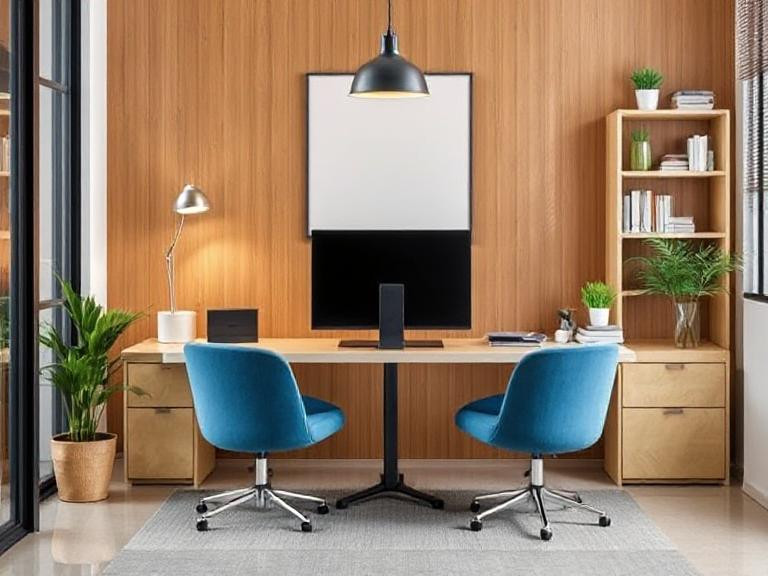
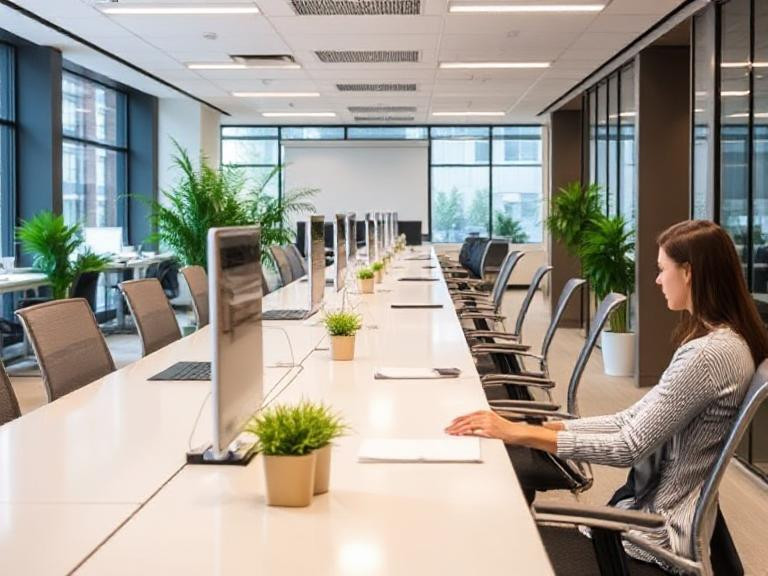
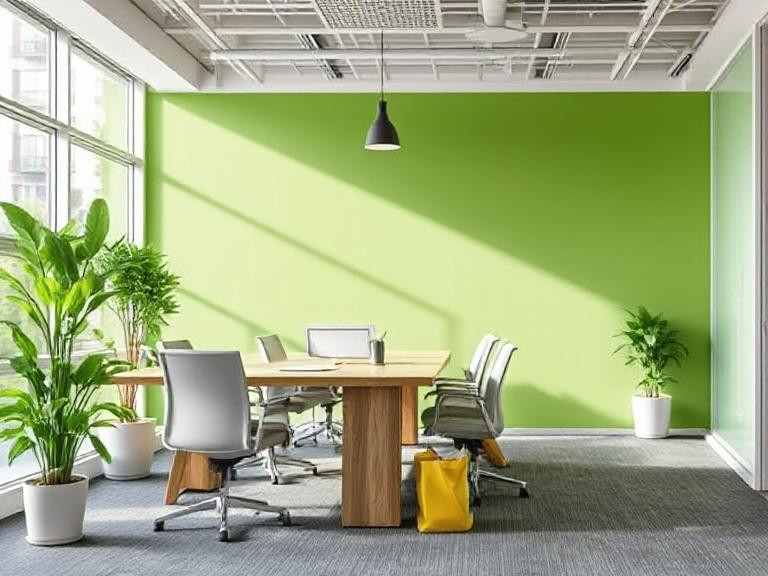
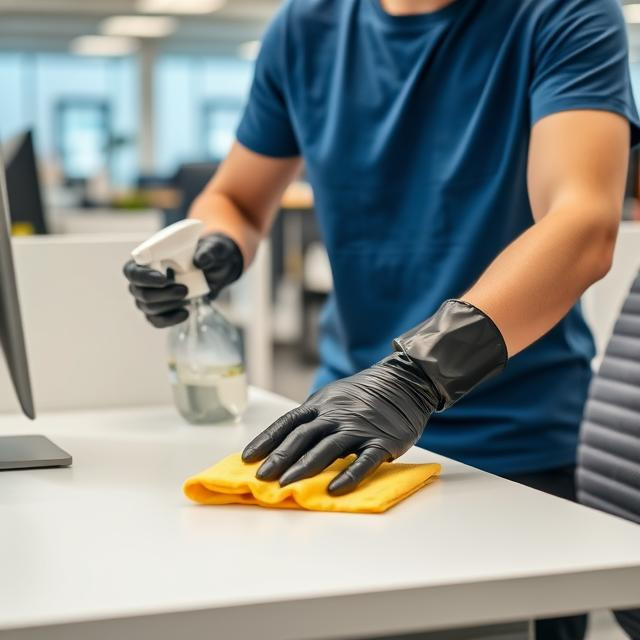
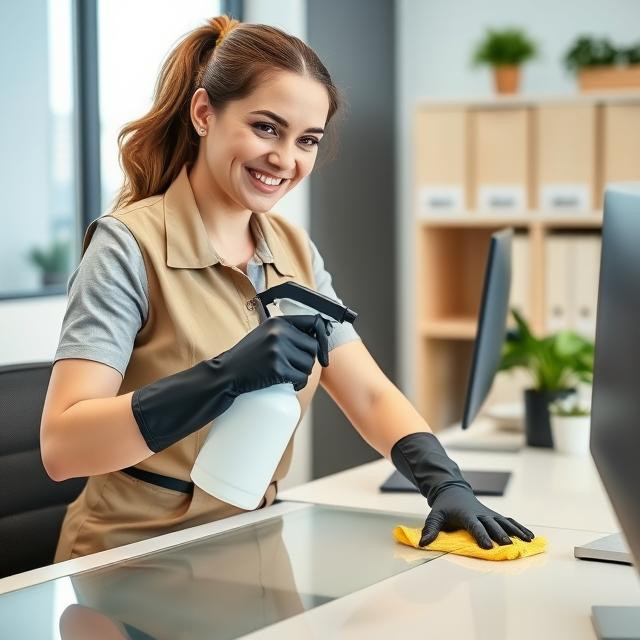
600a74899aac4.png)